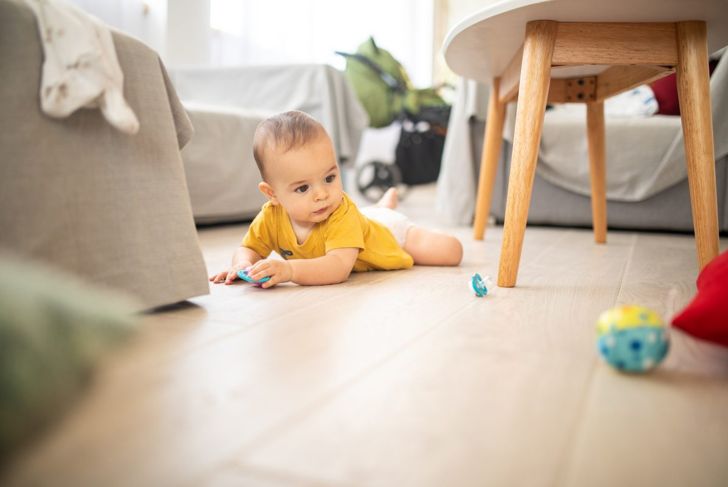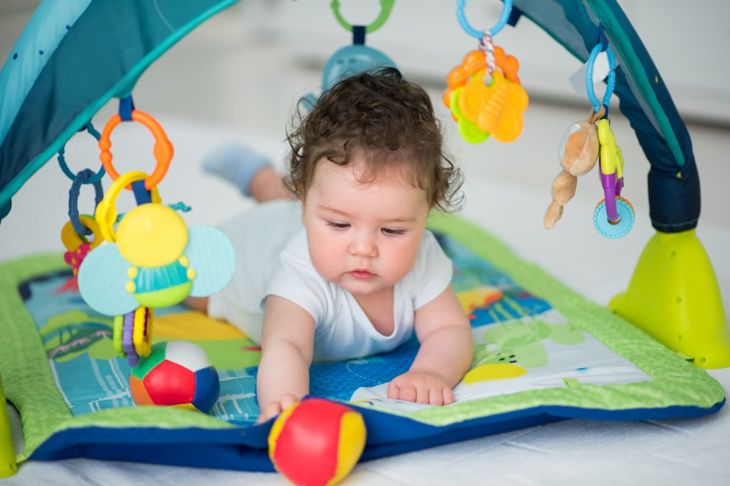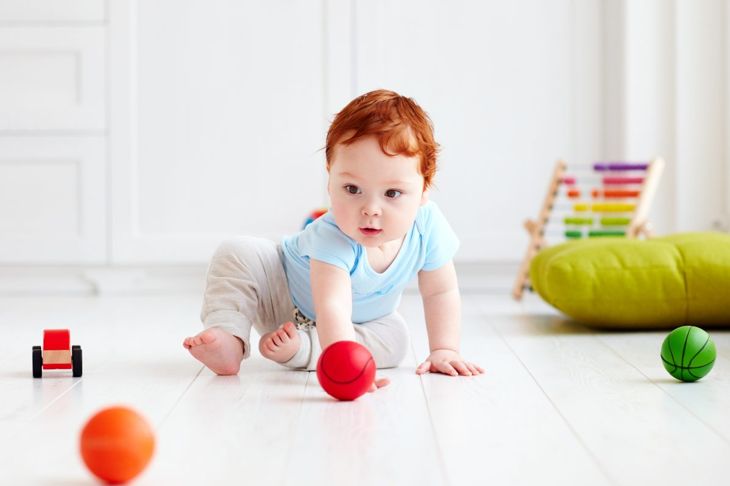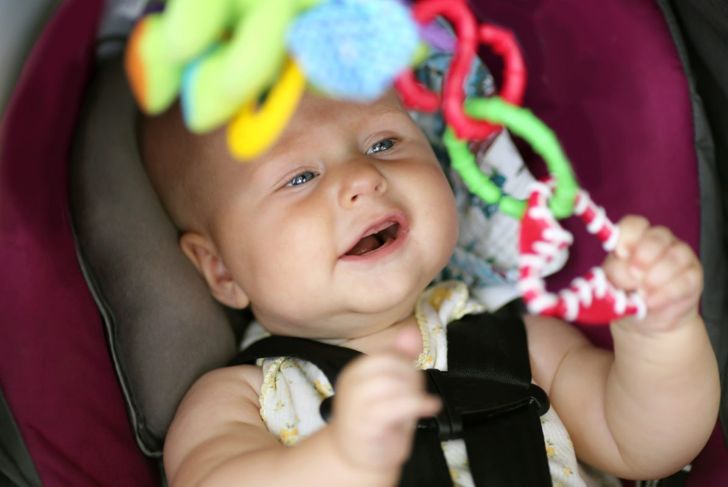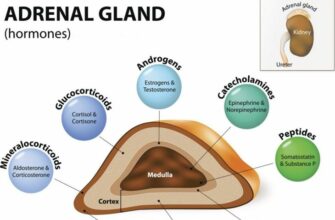Object permanence is a developmental milestone during the sensorimotor stage of infancy. It refers to the understanding that objects do not disappear when out of sight. To grasp object permanence, an infant must form a mental representation of the object, called a schema. This indicates the child is beginning to understand that the world exists beyond their immediate point of view.
Piaget and Cognitive Development
Object permanence is one of two things mastered during the sensorimotor phase. This is the first developmental stage proposed by Jean Piaget and occurs between birth and age two. Piaget believed that to understand object permanence, infants use assimilation and accommodation. Not only do they learn new information, but they also figure out how to integrate new things into what they have already learned.
Sensorimotor Stage
In Piaget’s sensorimotor stage, infants use motor skills and senses to learn about and manipulate their environment. As the brain develops, infants develop schemas and can imagine what could happen to an object without having to manipulate it. Object permanence is essential for the next stage of development, the pre-operational stage, where children learn about language and symbolic thought.
Newborns to Six Months
Newborns show a lack of object permanence. When an object is removed, the infant stares at the place where it was and believes it has vanished. Between two and six months, infants begin to understand cause and effect and become more interested in manipulating their environment. They explore their bodies, grabbing their feet and staring at their hands. This exploration leads to repetitive actions as they process more about the world around them. All of these actions are precursors to object permanence.
Six to Nine Months
Piaget believed that object permanence develops between six and 12 months. It does not happen suddenly or all at once; learning object permanence is a process. Around six months, an infant starts to look for partially hidden objects because they understand that if they see part of the object, the rest of it is also there. Eventually, they understand that things that are out of sight still exist.
One to Two Years
Object permanence and memory advance significantly between ages one and two. By one, the child can find an object after it has been moved several times and understands how to track things. Object permanence is completely established between 18 months and two years when the child can look for an object by anticipating where it might be without witnessing its relocation.
Blanket and Ball Study
To develop his theory of object permanence, Piaget did an experiment called the blanket and ball study. While the child watched, Piaget placed a toy under a blanket, then observed whether or not the child looked for the toy. If so, it indicated that the child understood object permanence because they knew the toy was still there, even though they could not see it. Through this research, Piaget concluded that object permanence appears at around eight months.
Criticism of Piaget
There have been criticisms of Piaget’s work. He did not report how he selected the participants for his studies or how many children were involved. The idea of stages has also fallen out of favor as it fails to account for behavior and individual differences. For example, during the ball and blanket study of object permanence, the child may have been distracted or lacked the physical ability to retrieve the object, whether or not they understood that it was still there.
Additional Studies
Other studies show that object permanence may appear much earlier than Piaget speculated. One study indicated that infants as young as five months understand object permanence. This study did not depend on the infant manually searching for an object. Instead, it used a visual means of testing to assess object permanence without requiring the infant to move something to uncover the item.
Teaching Object Permanence
Some games can help teach object permanence. Leaving the room and reliably returning demonstrates that, even when parents are out of sight, they will always come back. Peek-a-boo or toys like a jack-in-the-box work well, as does recreating Piaget’s experiment by hiding a toy under a blanket and asking the child to find it.
Object Permanence and Separation Anxiety
Object permanence plays a role in separation anxiety. Around the same age, babies begin to understand that their parents are specific people and that, even though they can’t see them all the time, the parents still exist. Because infants do not have an understanding of time, they do not know when or if the parent will return.

 Home
Home Health
Health Diet & Nutrition
Diet & Nutrition Living Well
Living Well More
More
